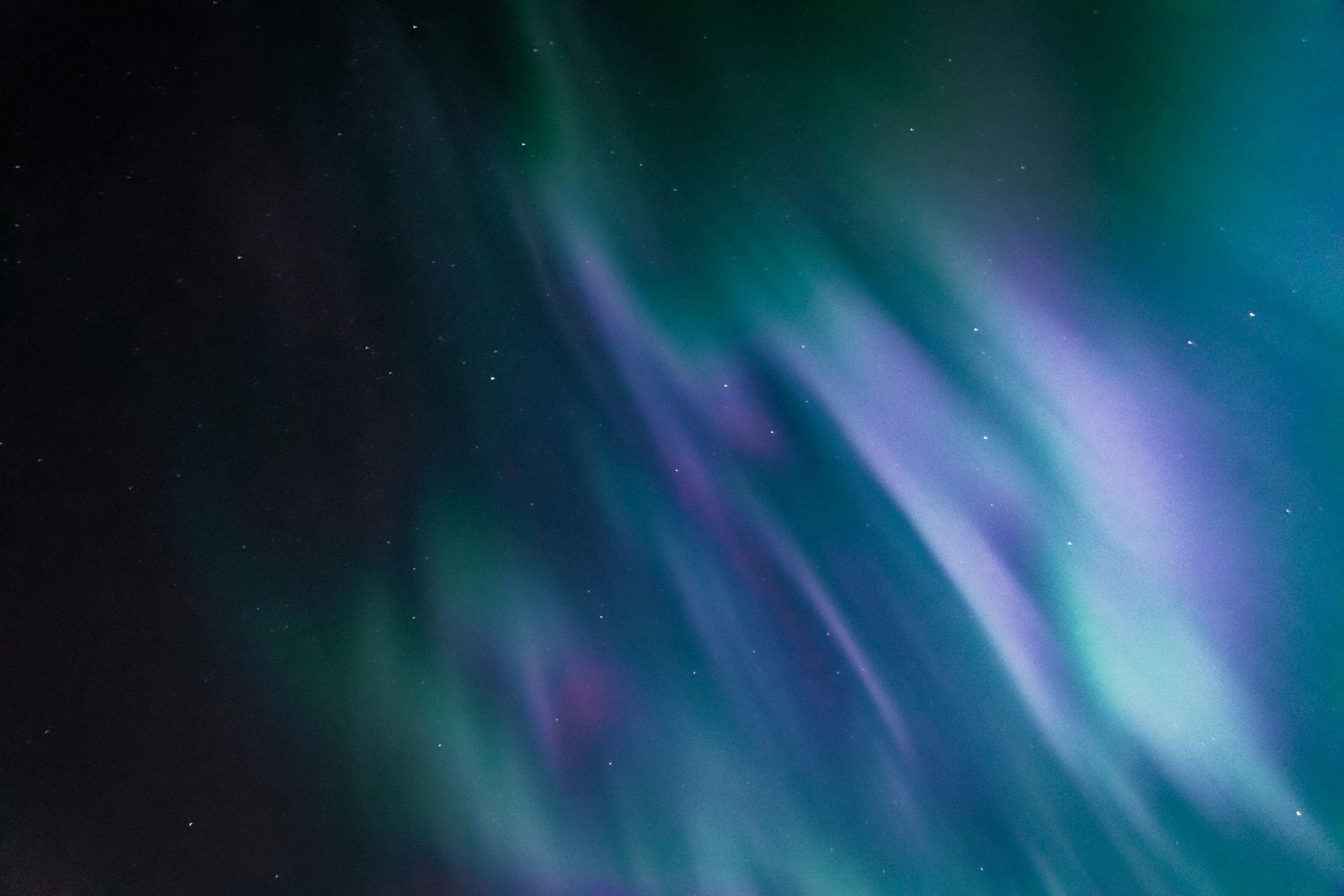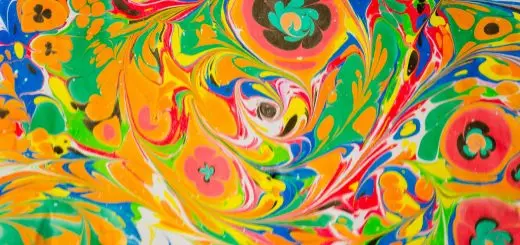How to Illuminate with Source Light

Looking for more amazing products? Check out our online store and explore our collection here! Happy shopping!
Before diving in, please note: This post is for informational purposes only. If you’d like to know more about how we approach topics, feel free to check out our friendly Disclaimer Page.
Hey there, amazing readers! 
We’re committed to delivering quality posts, and your support (even just sticking around despite the ads) means everything to us. So, bear with us, and thanks for helping us keep the good vibes rolling. Now, on to the fun stuff!
TRANSLATE BUTTON AT THE END OF THE ARTICLE
A Quick Overview
When it comes to photography, cinematography, or even everyday lighting design, understanding how to illuminate with source light is crucial for achieving the desired effect.
Source light refers to the primary light that illuminates a subject or scene, whether it be natural sunlight, artificial light from a lamp, or a flash from a camera.
By mastering the art of using source light effectively, you can create stunning images, enhance mood, and draw attention to specific elements within a composition.
In this comprehensive guide, we will explore the various aspects of illuminating with source light and provide practical tips for achieving professional-looking results.
Understanding Light Sources
Light sources can be broadly categorized into two main types: natural light and artificial light.
Natural light includes sunlight, moonlight, and ambient light from the environment.
Artificial light encompasses a wide range of sources such as incandescent bulbs, fluorescent tubes, LED lights, and flash units.
Each type of light source has its unique characteristics, color temperature, and intensity, which can dramatically affect the overall look and feel of your images.
Importance of Source Light
Source light plays a pivotal role in shaping the visual narrative of a photograph or a film.
It can set the mood, create depth, emphasize textures, and highlight specific details within a scene.
By understanding how to manipulate and control source light effectively, you can transform an ordinary composition into a captivating work of art.
Source light is the foundation of any lighting setup, and mastering its use is essential for achieving professional-looking results.
Choosing the Right Light
When selecting a light source, consider factors such as color temperature, intensity, and beam angle.
Different light sources emit light at varying color temperatures, ranging from warm tones (e.g., incandescent) to cool tones (e.g., fluorescent).
The intensity of the light source can be adjusted to control the brightness of the illumination.
Additionally, the beam angle determines the spread of light and the size of the illuminated area.
Choose a light source that best suits the mood and aesthetic of your composition.
Adjusting Light Intensity
Controlling the intensity of the light source is crucial for achieving the desired lighting effect.
You can adjust the intensity by dimming or brightening the light source, using diffusers or filters, or changing the distance between the light and the subject.
Experiment with different intensity levels to find the optimal balance that enhances the overall composition while avoiding overexposure or harsh shadows.
Positioning the Light Source
The placement of the light source relative to the subject plays a significant role in shaping the lighting effect.
Experiment with various angles, heights, and distances to achieve different lighting patterns and moods.
A frontal light source creates even illumination, while side lighting can add depth and dimension to the subject.
Overhead lighting creates dramatic shadows, while backlighting can create a halo effect around the subject.
Using Reflectors and Diffusers
Reflectors and diffusers are essential tools for manipulating and controlling source light.
Reflectors bounce light back onto the subject, filling in shadows and creating highlights.
Diffusers soften and spread light, reducing harsh shadows and creating a more flattering illumination.
Experiment with different reflectors and diffusers to achieve the desired lighting effect and enhance the overall composition.
Creating Shadows and Highlights
Shadows and highlights are essential elements of lighting that can add depth, contrast, and visual interest to your images.
By manipulating the position and intensity of the light source, you can create dynamic shadows and highlights that accentuate textures and shapes within the composition.
Experiment with different lighting setups to achieve the desired balance between shadows and highlights for a visually compelling result.
Directing Light for Effect
Directing light towards specific areas of the composition can draw attention to key elements and create a focal point within the scene.
Use flags, barn doors, or snoots to control the direction and shape of the light beam.
By strategically directing the light source, you can create dramatic effects, emphasize details, and enhance the overall mood of the composition.
Experimenting with Angles
Changing the angle of the light source can dramatically alter the mood and atmosphere of your images.
Try shooting from different angles – such as low, high, or eye level – to create unique lighting effects and perspectives.
Experiment with overhead lighting for dramatic shadows, side lighting for depth and texture, and backlighting for a halo effect.
Don’t be afraid to try unconventional angles to discover new and interesting lighting possibilities.
Enhancing Texture with Light
Light plays a crucial role in revealing and enhancing textures within a composition.
By manipulating the angle, intensity, and quality of the light source, you can bring out the details and depth of various surfaces, such as fabrics, skin, or architectural elements.
Experiment with lighting setups that highlight textures and create a tactile quality to your images, adding visual interest and depth to the overall composition.
Mixing Natural and Artificial Light
Combining natural and artificial light sources can create a dynamic and visually appealing lighting effect.
Natural light provides a soft, diffused illumination, while artificial light can add drama, contrast, and color to the composition.
Experiment with blending different light sources to achieve a balanced and harmonious lighting setup that complements the mood and aesthetic of your images.
Tips for Effective Illumination
Experiment with different light sources to find the one that best suits your composition
Adjust the intensity of the light source to control the brightness and mood of the composition
Position the light source strategically to create dynamic shadows and highlights
Use reflectors and diffusers to manipulate and control the direction of the light
Direct the light towards specific areas of the composition to draw attention and create focal points
Experiment with different angles and perspectives to create unique lighting effects
Enhance textures by manipulating the quality and angle of the light source
Mix natural and artificial light sources to achieve a dynamic and visually appealing lighting setup
Conclusion
Mastering the art of illuminating with source light is essential for creating captivating and visually compelling images.
By understanding the different aspects of light sources, adjusting light intensity, positioning the light source effectively, using reflectors and diffusers, creating shadows and highlights, directing light for effect, experimenting with angles, enhancing texture with light, and mixing natural and artificial light, you can achieve professional-looking results that elevate your compositions to the next level.
Experiment, practice, and explore the possibilities of source light to enhance your photography, cinematography, or lighting design skills.

The Enlightenment Journey is a remarkable collection of writings authored by a distinguished group of experts in the fields of spirituality, new age, and esoteric knowledge.
This anthology features a diverse assembly of well-experienced authors who bring their profound insights and credible perspectives to the forefront.
Each contributor possesses a wealth of knowledge and wisdom, making them authorities in their respective domains.
Together, they offer readers a transformative journey into the realms of spiritual growth, self-discovery, and esoteric enlightenment.
The Enlightenment Journey is a testament to the collective expertise of these luminaries, providing readers with a rich tapestry of ideas and information to illuminate their spiritual path.
Our Diverse Expertise
While our primary focus is on spirituality and esotericism, we are equally passionate about exploring a wide range of other topics and niches 

To ensure we provide the most accurate and valuable insights, we collaborate with trusted experts in their respective domains 
Our blog originally focused on spirituality and metaphysics, but we’ve since expanded to cover a wide range of niches. Don’t worry—we continue to publish a lot of articles on spirituality! Frequently visit our blog to explore our diverse content and stay tuned for more insightful reads.
Hey there, amazing reader! 
Check out our store here and take a peek at some of our featured products below! Thanks for being awesome!











